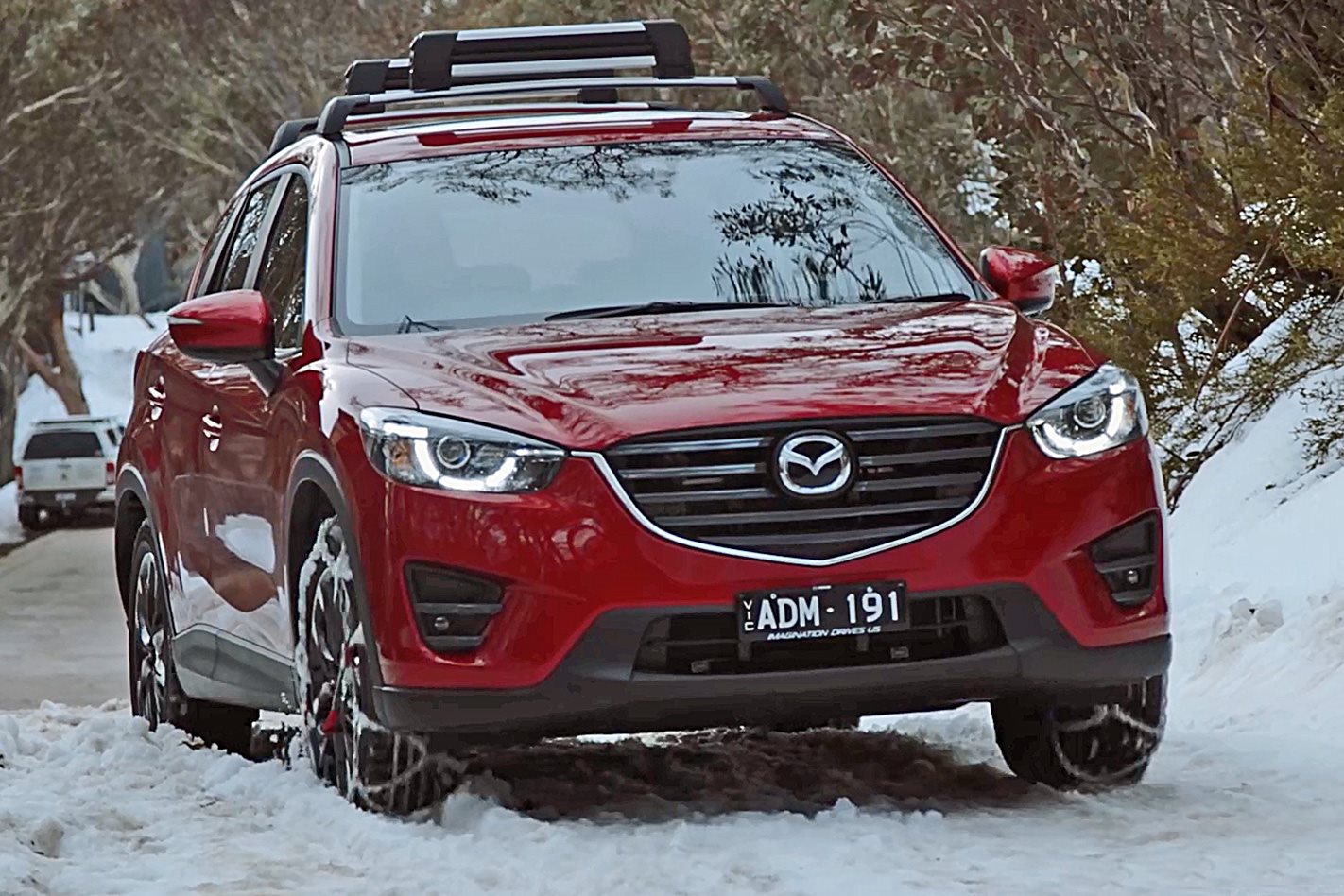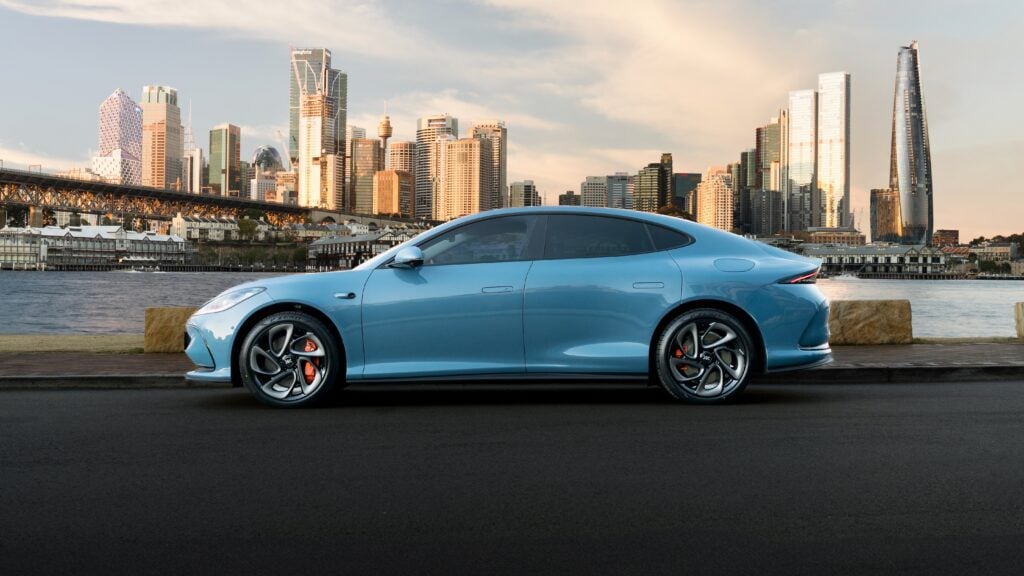
Here in Australia, it’s not unusual for people to go their whole lives without seeing snow, let alone having to drive through it. But for those who live or regularly visit the alpine country, learning what to do when driving in the snow or on icy roads is an important skill.
DRIVING
Firstly, you should know that driving in these conditions requires drivers to do everything more gently. Speed should be about half the dry-weather speed and braking should be done carefully.
Avoid braking when cornering – gently braking before entering a corner can help prevent skidding and loss of control.
Also keep in mind that driving in snowy or icy conditions is more fatiguing than your everyday driving, because you have to focus more. So be sure to stop every couple of hours, or more regularly if you need.
GENERAL MAINTENANCE
Before you leave for any long trip, it’s important to know your car has been properly serviced and prepared. When it comes to the freezing temperatures, do a once-over before you hit the road.
For those who are unsure, check yourself into a service centre before heading away, but if you’re more comfortable with what’s under the bonnet then a quick check of your wiper fluid, oil levels and adding anti-freeze coolant or washer fluid can help avoid costly maintenance issues.
As for fuel, those in a Diesel engine like our CX-5 should fill up with Alpine Diesel. The last thing you want in freezing weather is to be stranded. Petrol freezes at about -50 degrees Celsius, which is pretty rare in Australia, even during an Antarctic vortex.
OVERNIGHT
If leaving the vehicle overnight, move the wipers away from the windscreen so they don’t freeze stuck.
If you need to clear your windscreen, use de-icer instead of hot water, available from various auto stores. Alternatively, use a credit card to scrape the snow or turn your demister on for a couple of minutes before leaving.
Also, make sure you don’t leave the park brake on to avoid it freezing in place – if there’s a chance your car could roll, chock your tyres instead.
TYRES
Check your tyre pressure. Physics tells us that when the outside temperature drops by five-degrees Celsius, so does the air pressure inside your tyres by around one to two PSI.
Four-wheel and all-wheel drive vehicles can generally travel further in the snow than two-wheel drives and, depending on the conditions, they are generally exempt from the requirement to fit chains. However, in heavy snow conditions, even 4x4s can reach a point where snow chains will become necessary.
Snow chains should be fitted to driving wheels only, so the front wheels on a front wheel drive car, and back for rear wheel drive. AWD vehicles usually have the chains fitted to the front tyres, but there are some exceptions.
Click here to read the full review on the Mazda CX-5.



